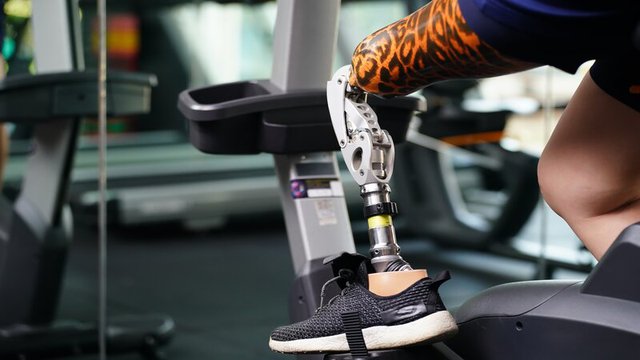

In the world of medical rehabilitation and support such as physiotherapy, two terms that often surface are "orthosis" and "prosthesis." While they may sound similar and serve related purposes, they have distinct differences in terms of function and application. But what are those differences?
Read on more to find out what each term means and some examples of their use. And if you are interested in helping patients with orthotic devices or prosthesis, then you may wish to consider ways in which you can qualify as a physiotherapist, such as by studying a Physiotherapy degree at Universidad Europea.
An orthosis, commonly known as an orthotic device, is a medical apparatus designed to support, align, or enhance the function of a person's musculoskeletal system. These devices are typically used to address various orthopaedic issues, correct deformities, or provide stability to an affected body part. Orthoses come in a wide range of forms, from simple shoe insoles to complex braces and splints.
Examples of orthoses include:
On the other hand, a prosthesis is an artificial device that replaces a missing body part, such as a limb, joint, or even a tooth. Prosthetic devices are created to restore functionality and improve the quality of life for individuals who have lost a part of their body due to injury, disease, or congenital conditions.
Examples of prostheses include:
While the purpose of orthosis and prosthesis is to improve the quality of a patient's life and give them back some sort of mobility, there are plenty of differences between the two, including:
Physiotherapists play a crucial role in the rehabilitation journey of individuals using orthotic and prosthetic devices. Here are just some of the ways in which they support their patients:
At Universidad Europea, our practical approach to education means that throughout your degree, you will have plenty of opportunities to carry out internships and work placements at leading clinics and other physiotherapy centres, where you will put what you learn into practice. In addition, our campus in Madrid is equipped with world-class facilities such as physio labs and a simulated hospital, where you’ll work alongside students from other biomedicine and health degrees, working in multi-disciplinary teams, just as you will do in the professional setting once you graduate.